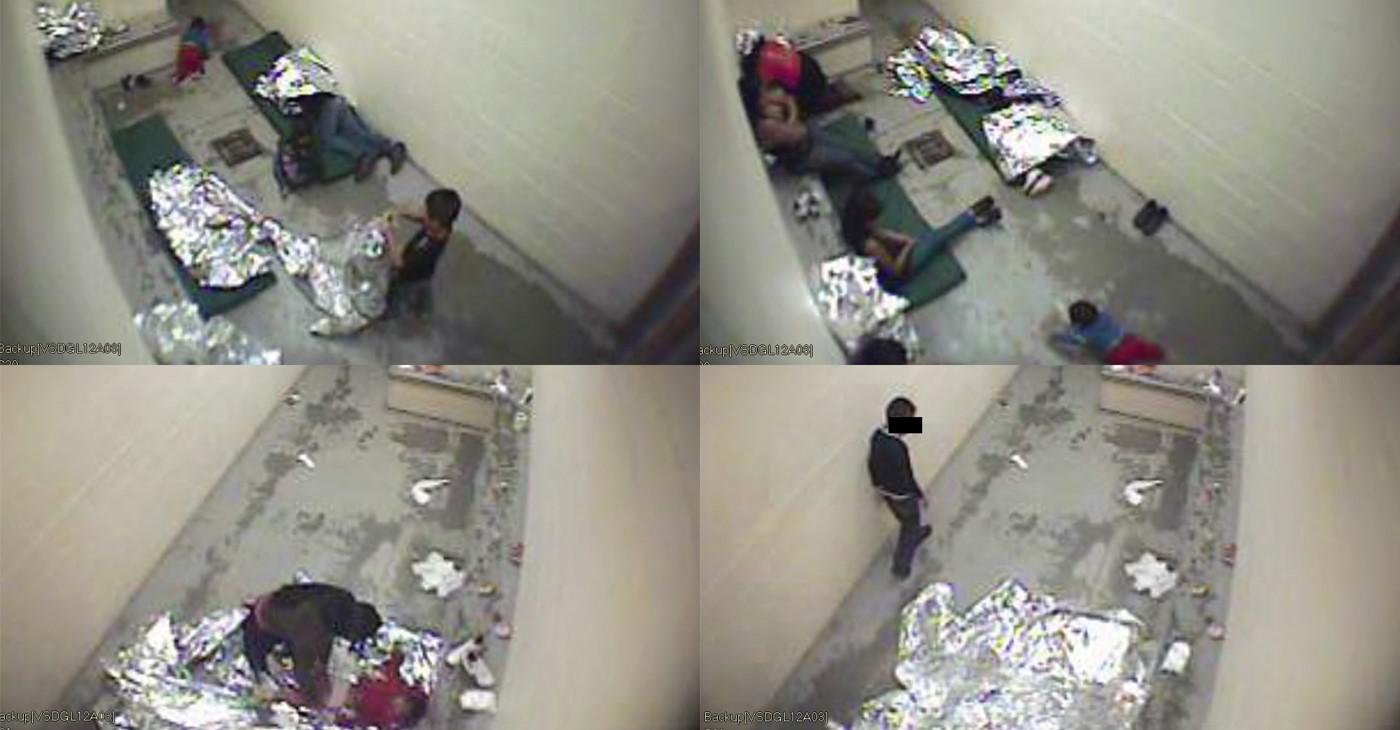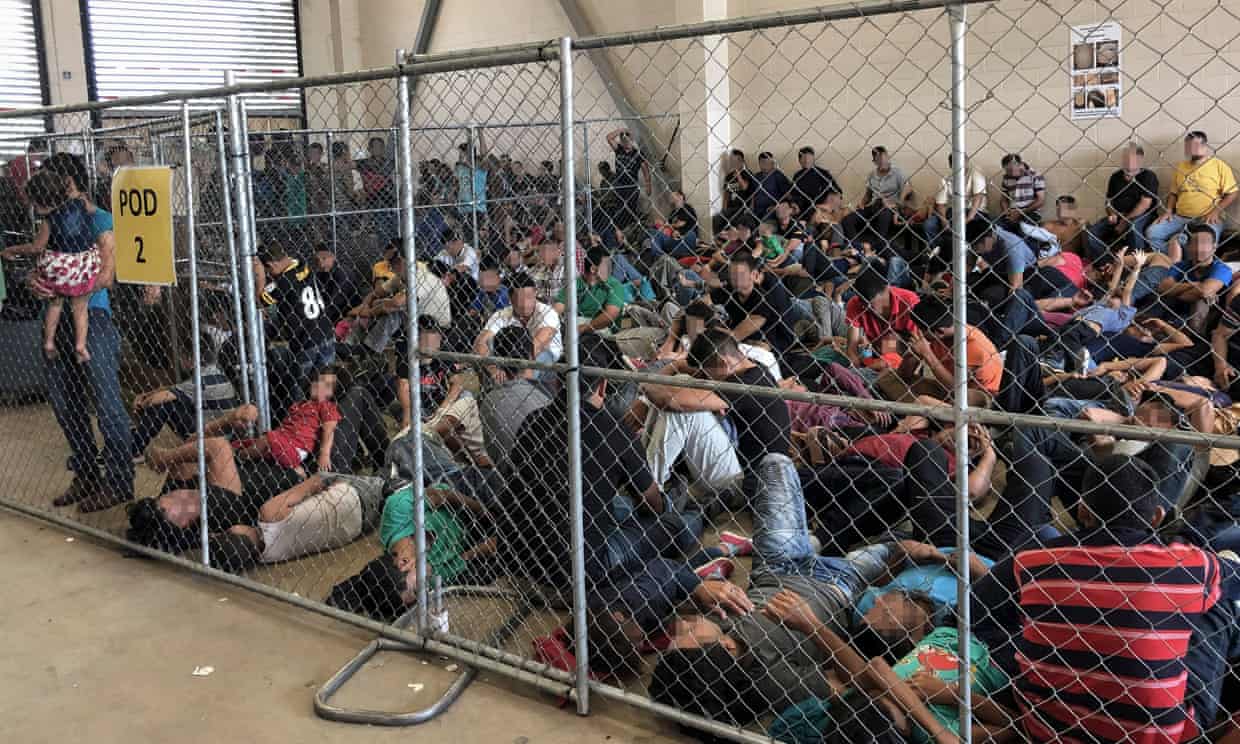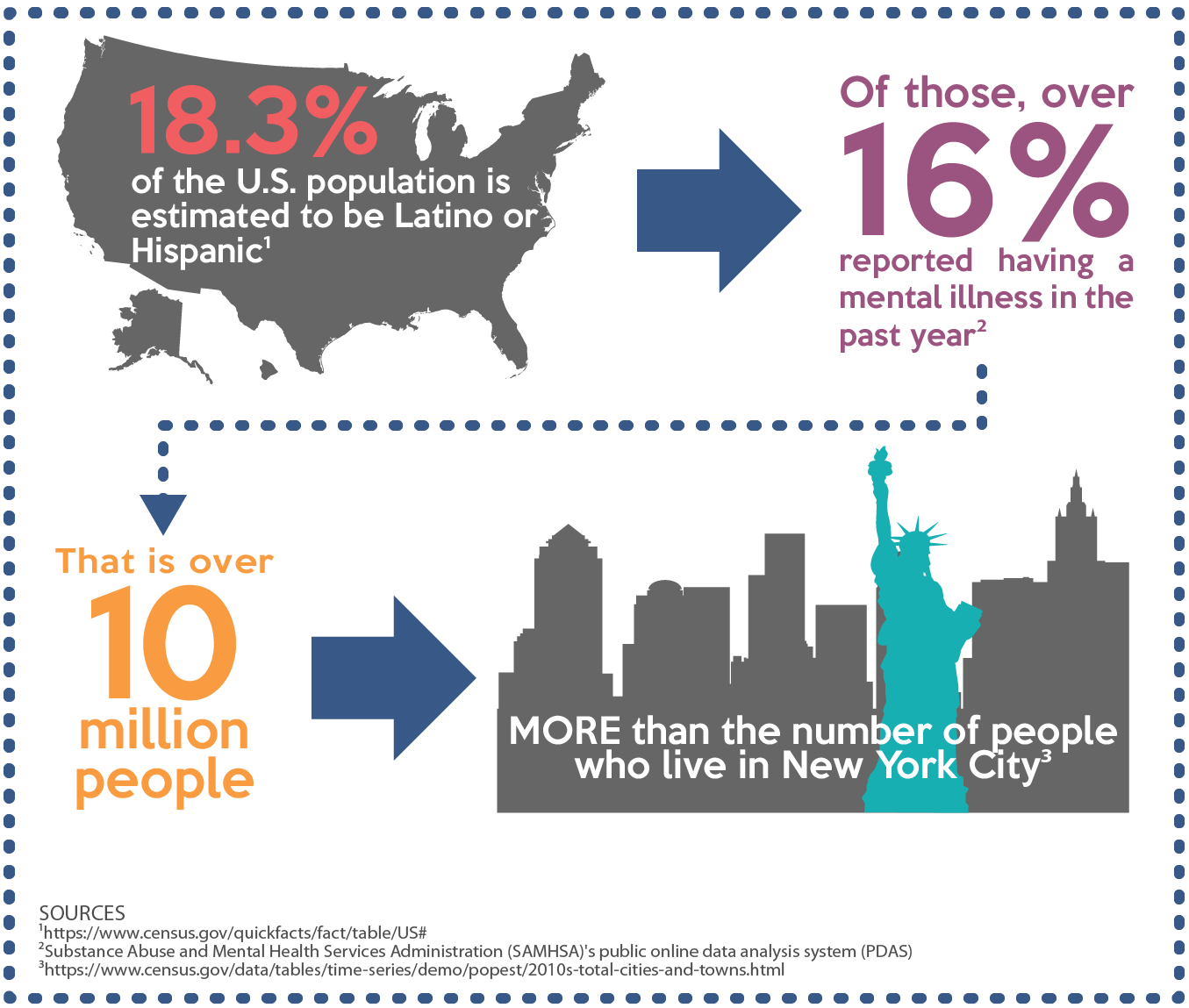Social Media and Young Women
What is civic engagement?
1. According to the American Psychological Association (APA), "civic engagement is the broader motif, encompassing service-learning but not limited to it." https://www.apa.org/education-career/undergrad/civic-engagement
2. According to The New York Times, civic engagement means "working to make a difference in the civic life of our communities and developing the combination of knowledge, skills, values, and motivation to make that difference." https://archive.nytimes.com/www.nytimes.com/ref/college/collegespecial2/coll_aascu_defi.html
My own definition:
Personally, I think civic engagement is the collective effort of a person/community to better and develop that specific community using the independent skills of each citizen for the cumulative good.
Studies
WHO IS AT RISK?
Social Media has a long history of causing destructive behavior in the users it accumulates. The various issues created by online platforms range in severity and impact based on the user and the targetted posts they receive. The ones most at risk are teenage girls and younger women (Hartas). This demographic of younger women is the most at risk due to the nature of posts on social media. The targeted posts display bodies that have been edited or faces that had numerous filters put over them. All this causes a younger mind, especially of a yp0ung female who is already struggling with self-esteem, to be self-destructive. Based on a Millenium Cohort Study (Wave 6) on this issue, "across measures of mental health and wellbeing, the findings showed that girls fared much worse than boys, particularly in experiencing negative feelings and low self-concept and life satisfaction and in self-harming. Teenage girls appeared to have become the new ‘high risk' group" (Hartas).
HOW DOES IT AFFECT TEENS?
This new media allows for a new set of peer influence to develop and define how these young women perceive beauty (Chua). In a study done by the National University of Singapore, the young girls' self-validation stemmed from the likes, comments, and follows they would receive after. As stated in the study, "results of thematic analysis reveal a gap between teenage girls' self-beliefs and perceived peer standards of beauty. Feelings of low self-esteem and insecurity underpinned their efforts in edited self-presentation and quest for peer recognition' (Chua). This means that social media has a major impact on already vulnerable and impressionable women with the posts that they trend and target toward them. A rocky and weakened mental health leads these young girls on a path to achieve the unachievable, edited pictures they strive to replicate; causing terrible diets, starvation, self-harm, and depressive states. A survey done by the Royal Society of Public Health discovered that Instagram is by far the most net negative platform for teenagers to be on, further proving the issues and the impact social media has on the lives of these individuals through filtered and edited photos.
Personal Issues
Personally, in my younger years and even now as a young adult, I can't help but feel the drastic impact social media had on my life. During my high school career, I was the most vulnerable. Being one of the girls that never dated, got asked out, and was told I was the "ugly" friend, I had very fragile self-esteem. This caused a lot of issues once I had an Instagram. Everything suddenly heightened, I realized just how unattractive I really am, which was a reaction I felt after seeing tall skinny women with five-inch waistlines. I didn't look like that and all it made me do was try to be what I wasn't. That is when my eating disorder developed. I spent months undereating and overworking my body at the gym. Working out for three hours and eating under a thousand calories a day was a catastrophic reality of the aftermath these pictures on social media had on me. Every single time I lost five pounds and posted a selfie the comments would increase in the validation I received. People praised me, more of my peers started liking my posts. My story echoes similarities of the studies done on teenagers and the impact social media had on them. To me, at the time every like and positive comment meant to keep torturing and under fueling my body. I eventually ended up binge eating months later which is still a habit I exhibit today, and the way people responded to my weight gain on social media with less attention made me even more miserable than before. The biggest issue for me is the fact that I know I'm not the only one. Female family members and peers have talked to me about their own set of self-esteem issues and have endlessly compared themselves to either other people or a picture of themselves with a filter on.
Sources:
Armstrong, Martin, and Felix Richter. “Infographic: Mental Health: The Impact of Social Media on Young People.” Statista Infographics, 6 Sept. 2019, https://www.statista.com/chart/19262/impact-of-social-media-on-mental-health/.
Chua, Trudy Hui Hui, and Leanne Chang. “Follow Me and like My Beautiful Selfies: Singapore Teenage Girls' Engagement in Self-Presentation and Peer Comparison on Social Media.” ScienceDirect, Pergamon, 24 Sept. 2015, https://www.sciencedirect.com/science/article/abs/pii/S0747563215301424.
Hartas, Dimitra. “The Social Context of Adolescent Mental Health and Wellbeing: Parents, Friends and Social Media.” Taylor & Francis, 18 Dec. 2019, https://www.tandfonline.com/doi/full/10.1080/02671522.2019.1697734?scroll=top&needAccess=true.



























